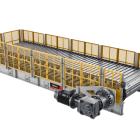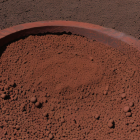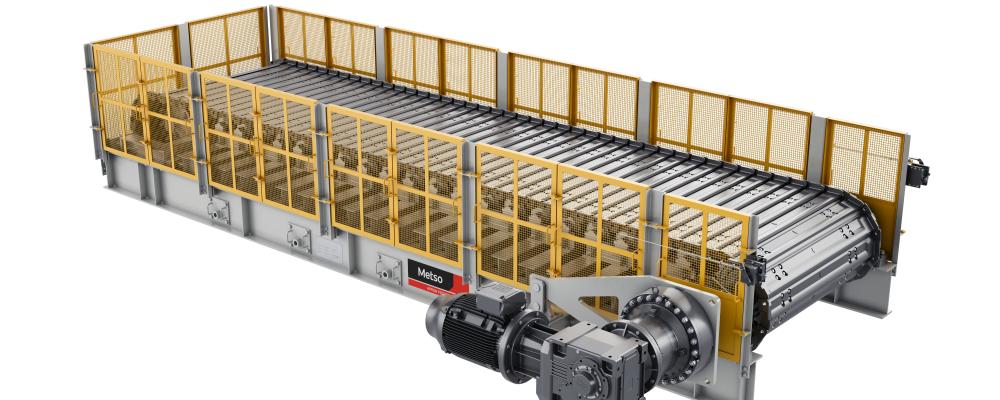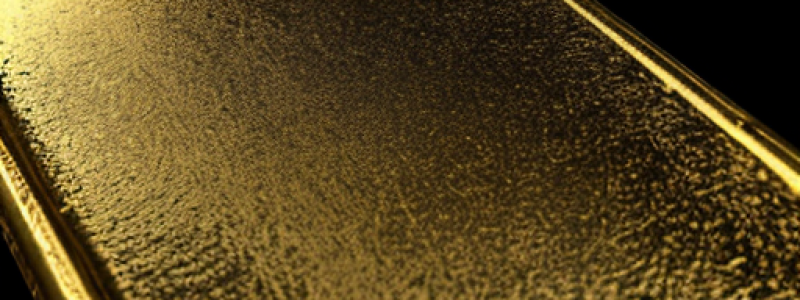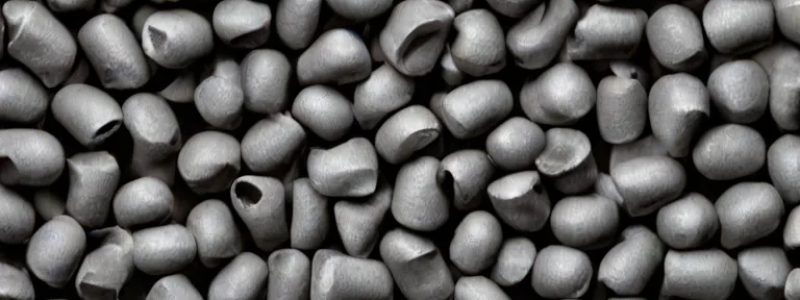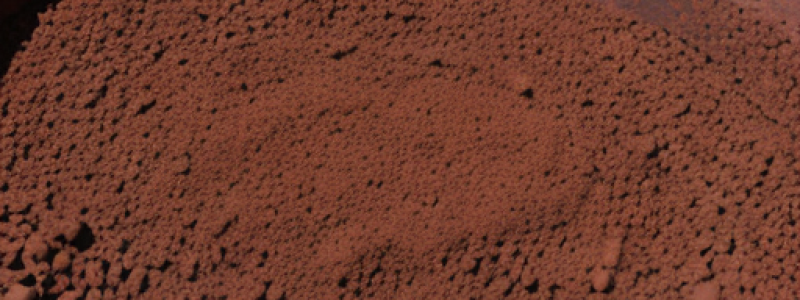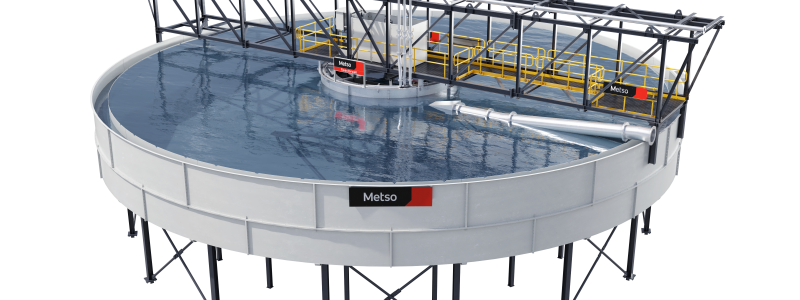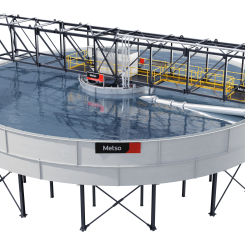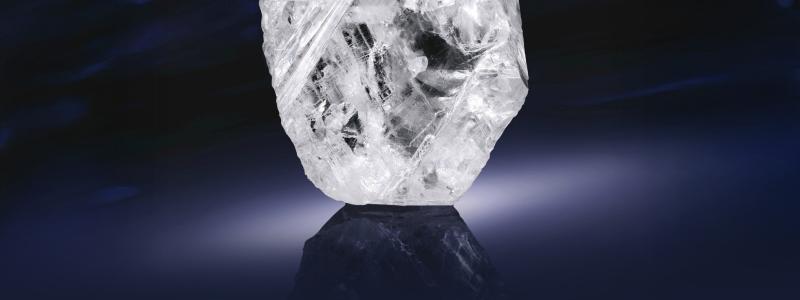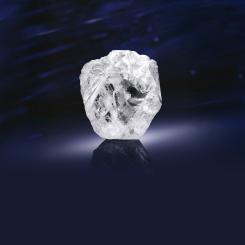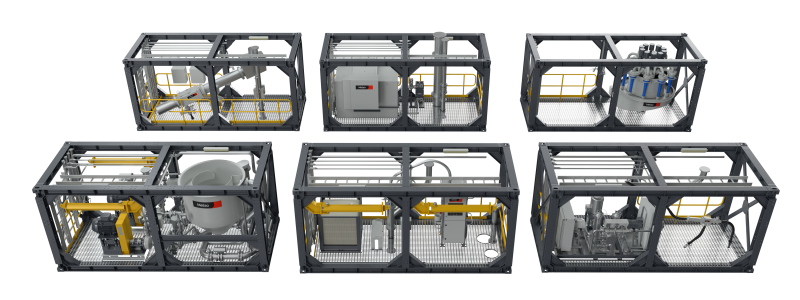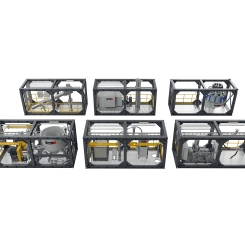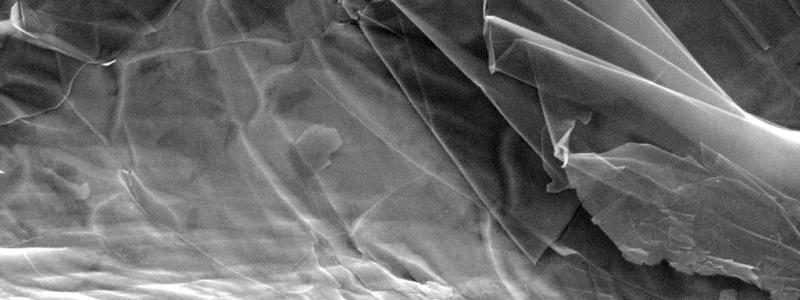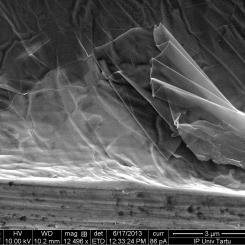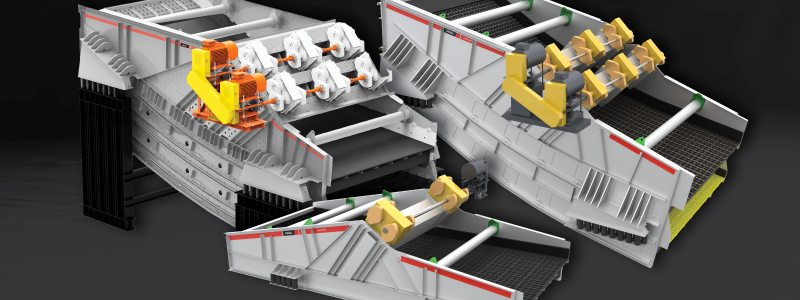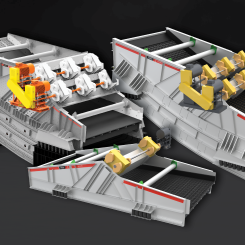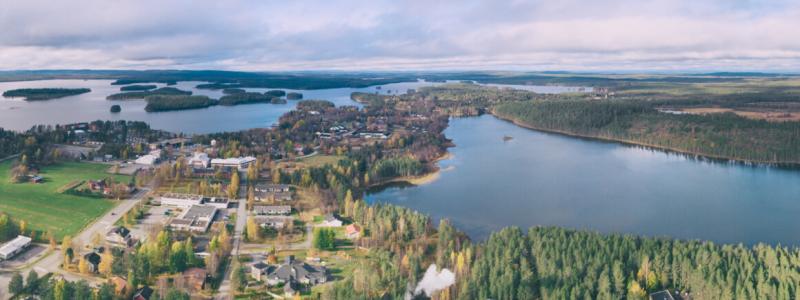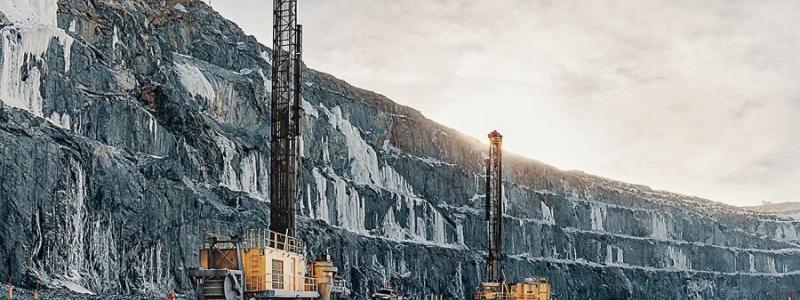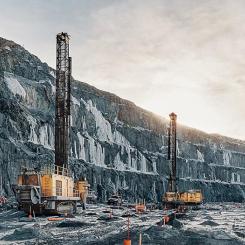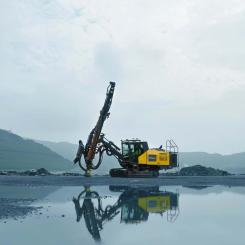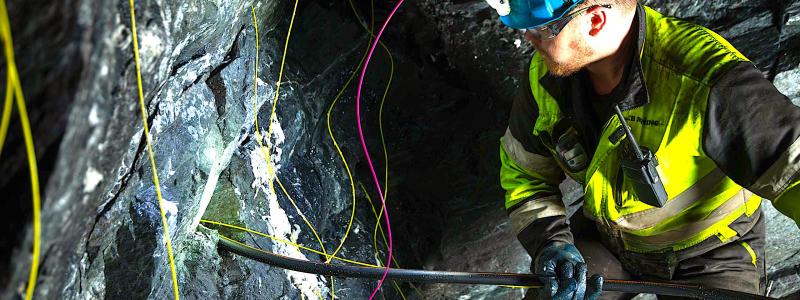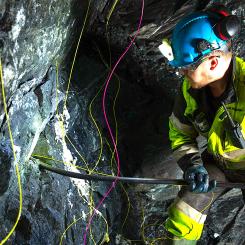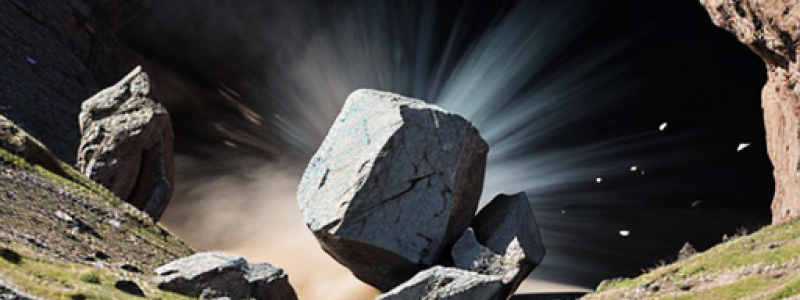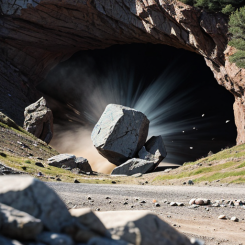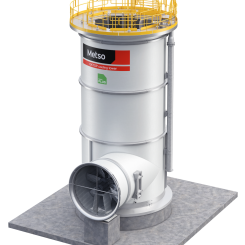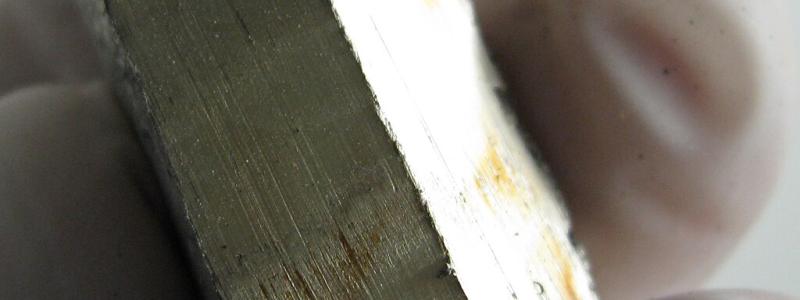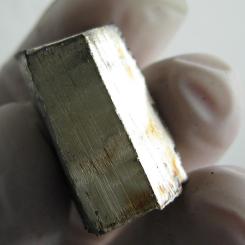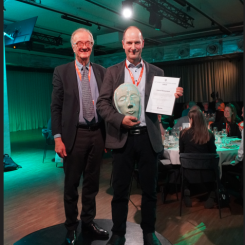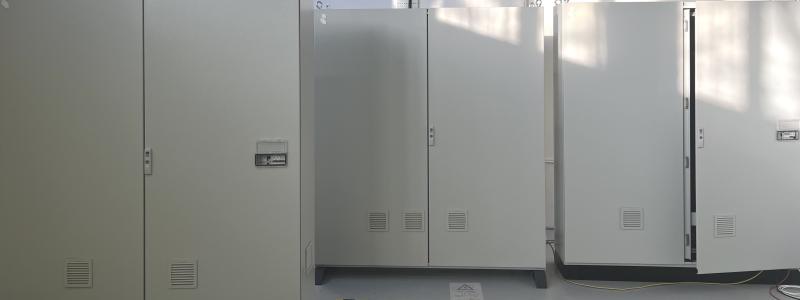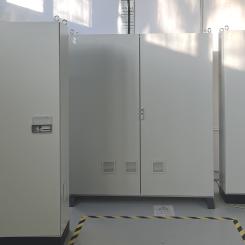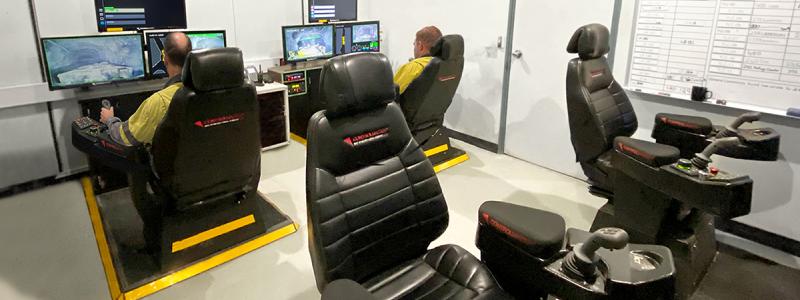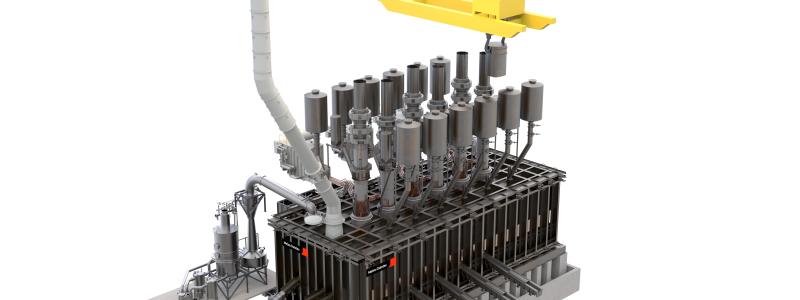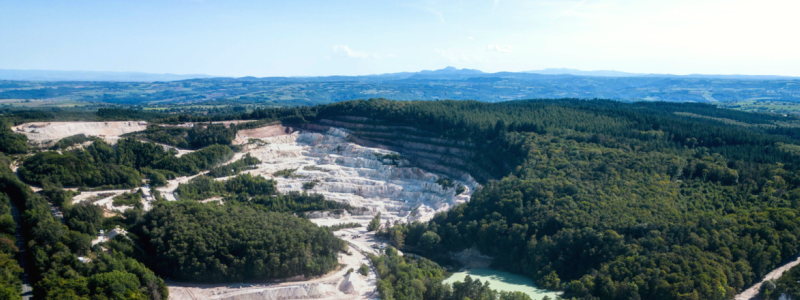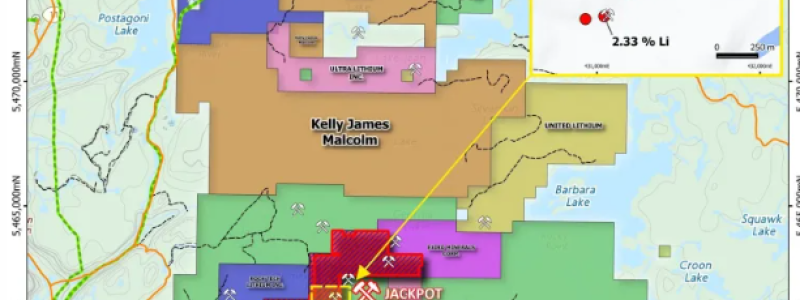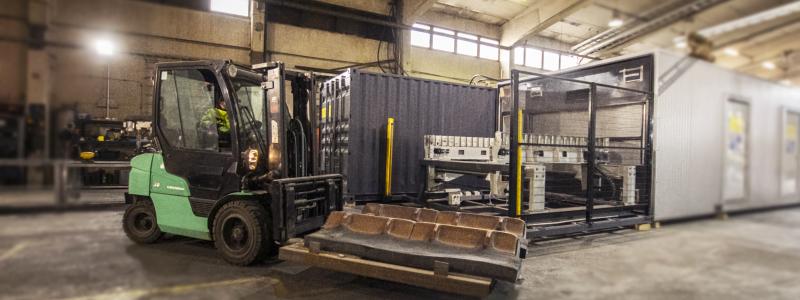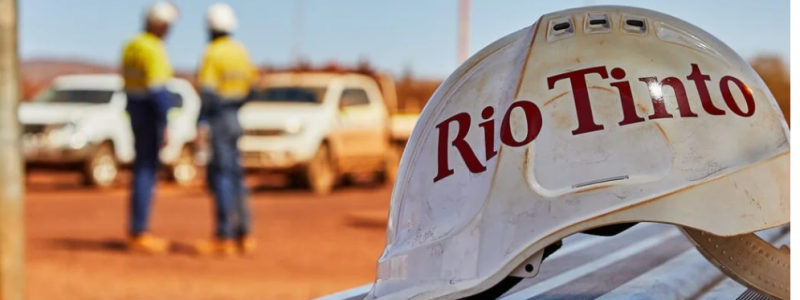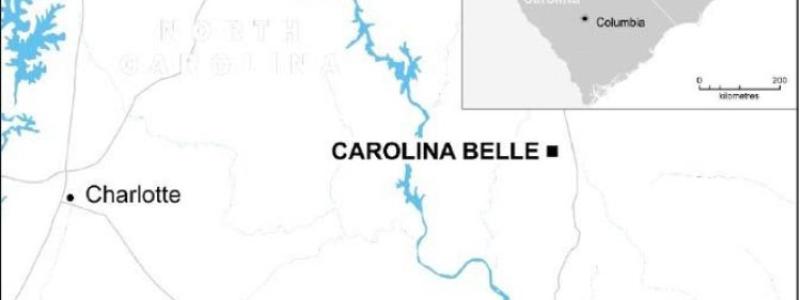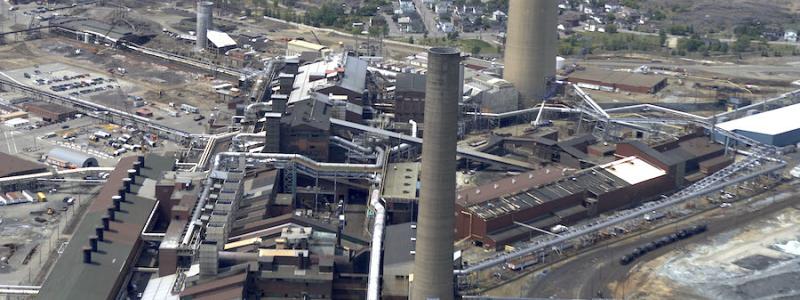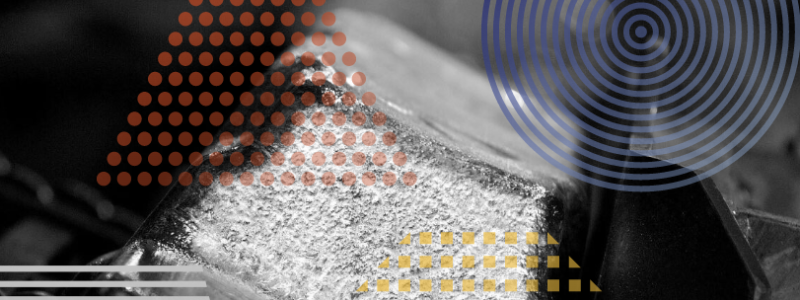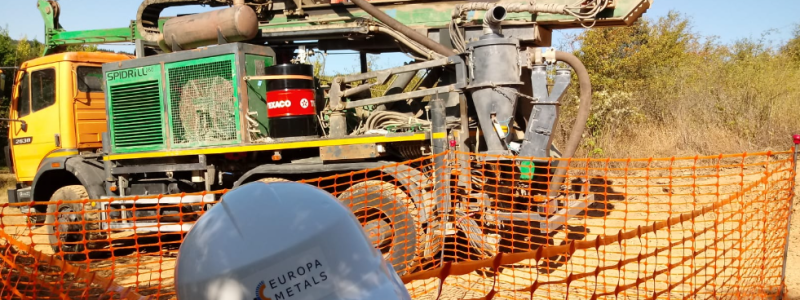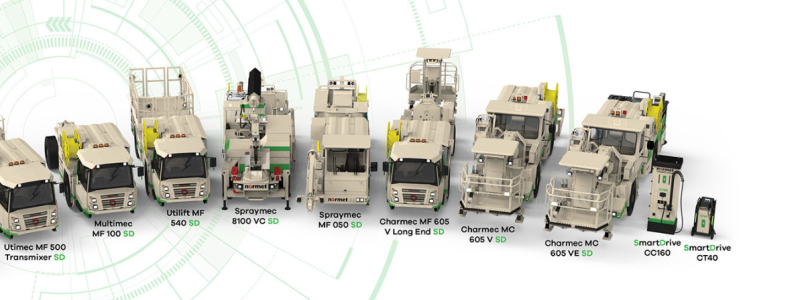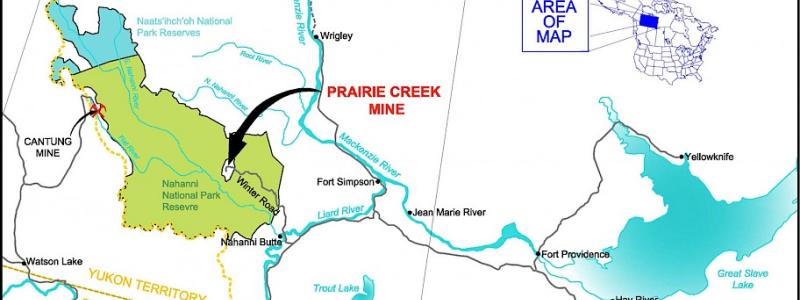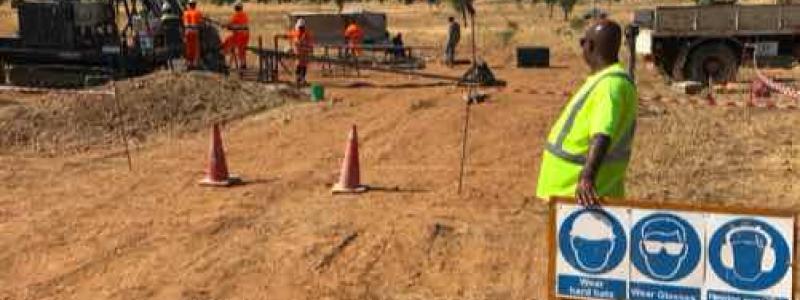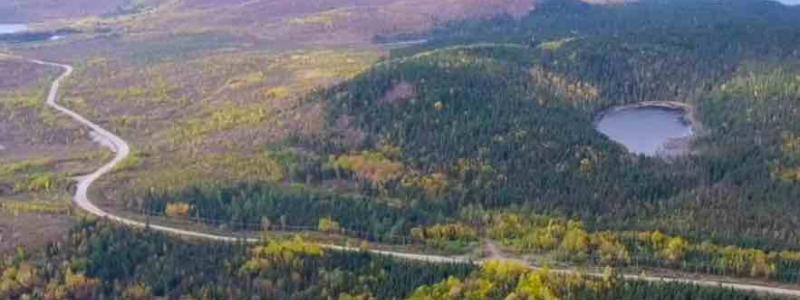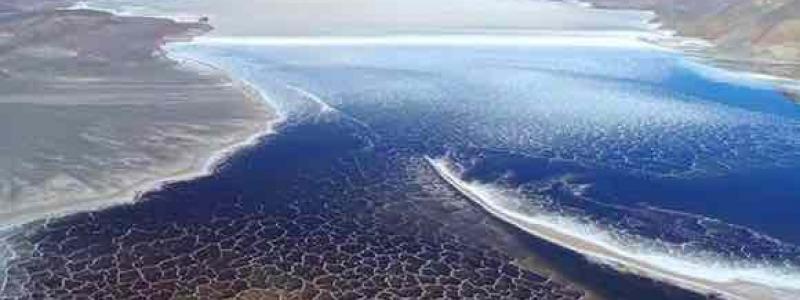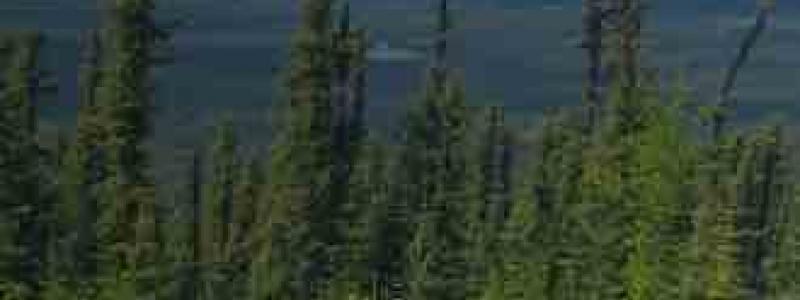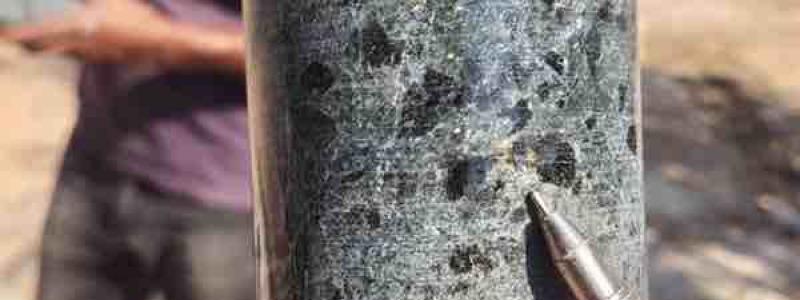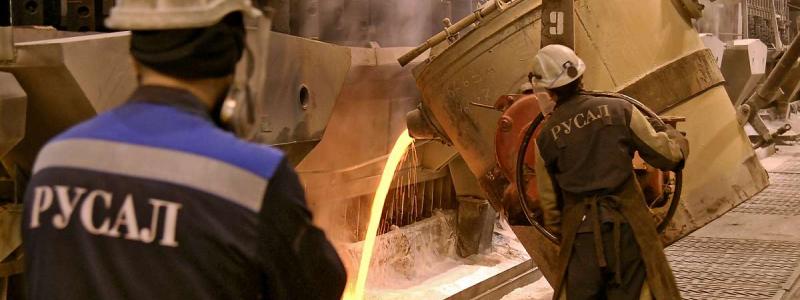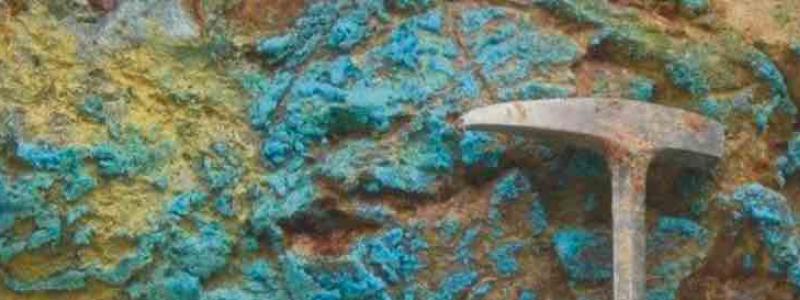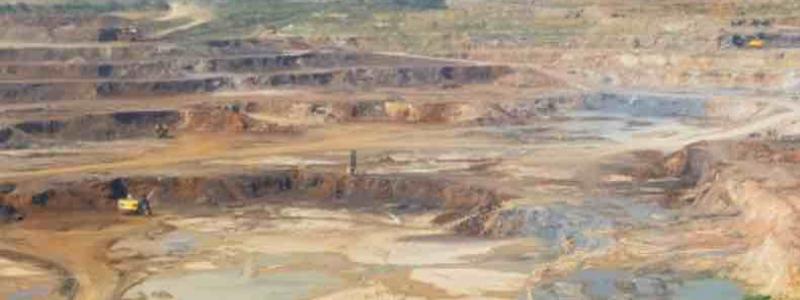With metal detectors, they sweep the fields in the North-bush forests, meteorite hunters looking for valuable iron from outer space. But the hunt leaves traces in the form of deep holes and private forest owners feel reckless. "Clearly they steal, that's so much money," says landowner Weikko Laine, to news agency TT
Quietly the wind goes through the woods around Kitkiöjärvi. Not 700,000 years ago, the sky burned across the Northbottonian lake and an iron meteorite struck down with a force that slung scarves around. Buried in the moraine are iron bits from outer space, which in the hands of collectors can be worth big money.
Eight years ago, Pajala municipality, together with the County Administrative Board of Norrbotten and the landowner Sveaskog, decided to open the meteorite field - one of the world's largest - for searchers.
The interest in searching meteorites has increased and the decision has created a gold rush in miniature. In recent years, around 50 licenses have been issued annually.
"In Kitkiöjärvi they are happy about this, those who are looking for meteorites come from the Czech Republic, Russia and Germany," says Ingela Lekfalk to the news agency TT,
Press Officer at Sveaskog, who believes that the town receives a welcome addition to tourists.
But Weikko Laine is not happy. He owns forests at Kitkiöjärvi and has for many years had problems with meteorite hunters who unearthed dig up big holes in his fields.
- Who's out at night? Yes, it's the thieves. They work at night so they do not want to be seen, "said Weikko Laine.
This summer, Weikko Laine's neighbours took two of them on a deed. Then he tired and made a police report, which Sweden's Radio P4 had previously noted.
"It's not just me who hit it but also other landowners. There are hundreds of places they have dug. They have permission from Sveaskog, but they probably have the map with them and know when they cross the private land. It's cheaper to dig in private land, says Weikko Laine.
He is critical of how the police handled his notifications.
- It's just a joke. "Crime cannot be proven," they write. Then we still know how they look and have their registration number.
Jan-Erik Abrahamsson is the pre-trial leader of the police in western Norrbotten. He tells us that the investigation was dropped because the two men could not be identified.
"But if there are more people who have this problem on private land then they are good if it is reported," he said.
The meteorite hunters are looking for parts of the so-called Muonionalustametorite, a 4.5 billion-year-old iron meteorite that hit the earth between 700,000 and 800,000 years ago. The great meteorite was split and spread across an area from Lake Kitkiöjärvi to Muonionalusta in Pajala municipality.
The first findings were made in the early 20th century and as late as 2008 was found in the area of Sweden's largest meteorite so far, a cosmic iron lump of 1,200 kilos.

